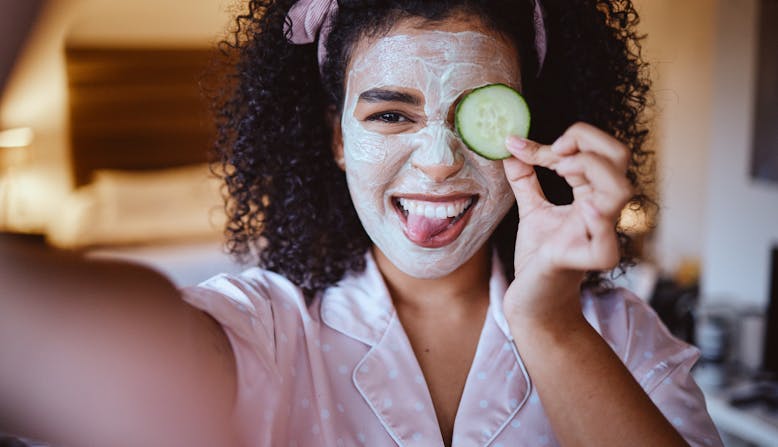Overview
Psoriasis is a chronic disease that is caused by an overactive immune system and is associated with inflammation throughout the body. Symptoms may resolve and recur throughout a person's life.
Roughly 50% of people living with psoriasis have psoriasis on their face. [1] In rare cases, psoriasis can affect the mouth (lips, gums, tongue, and cheeks) and normally appears with other skin affected by psoriasis.
Facial psoriasis is common in people who have had psoriasis for a long time, have a family history of psoriasis, or have severe psoriasis. [2] People of all skin tones can get psoriasis on the face.
Psoriasis on the face is considered a high-impact site, which can have an increased negative impact on quality of life, regardless of the total area affected by psoriasis. Because facial psoriasis is very visible, it can lead to a fear of what others think of you. This social stigma may make you feel ashamed, embarrassed, depressed, or think about suicide. [2] However, there are treatments that can manage your psoriasis and help you to feel more confident in your skin.
Types of Psoriasis
There are five types of psoriasis: plaque, inverse, guttate, pustular, and erythrodermic. It is possible to have more than one type of psoriasis at one time and more than one type in a lifetime. Treatments may vary depending on the type and location of the psoriasis.
Symptoms
Psoriasis plaques appear as raised, inflamed, and scaly patches of skin that may also be itchy and painful. On Caucasian skin, plaques typically appear as raised, red patches covered with a silvery white buildup of dead skin cells or scale. On skin of color, the plaques may appear darker, thicker, and more of a purple or grayish color or darker brown.


